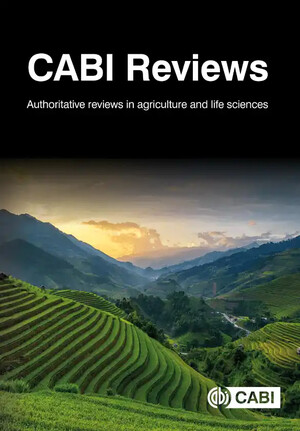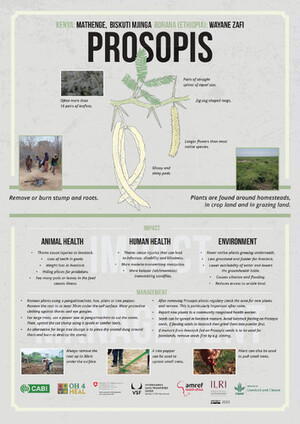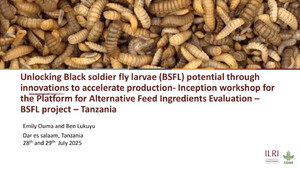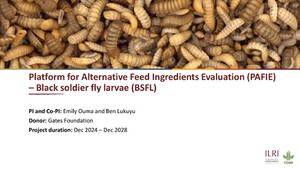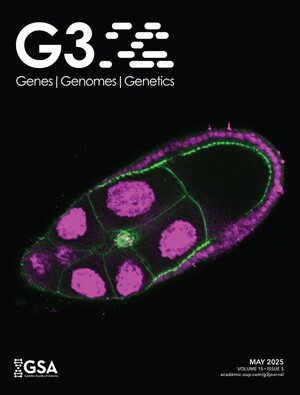
Forage legumes for improved fallows in agropastoral systems of subhumid West Africa. I. Establishment, herbage yield and nutritive value of legumes as dry season forage
Abstract
A short-term improved fallow system based on forage legumes is suggested for crop-livestock farming systems in subhumid West Africa targeted to enhance soil fertility and dry season feed for cattle. At two sites, 13 legume species were compared with the natural fallow vegetation, the nutritive value of which typically fails to meet cattle requirements during the dry season. Establishment, dry matter yield and nutritive value of leguminous herbage in the year of establishment were evaluated as well as regeneration of legumes after a cropping phase. Only a few species yielded more dry season herbage than the natural fallow, but most had considerably higher nitrogen concentrations (0.6-2.4 percent of dry matter) and in sacco dry matter digestibility (19-65 percent) than the natural fallow vegetation with 0.7-1.0 percent N and 28-30 percent DMD. In the mid dry season, Stylosanthes guianensis, Centrosema pubescens and Aeschynomene histrix had the highest yields of 10 t/ha DM of standing herbage plus shed leaves at one of the sites. the same species also showed good self-regeneration after a maize crop but were surpassed by other species with respect to nitrogen concentration and digestibility. The observed properties of the forage legumes are discussed with respect to their relative importance for the targeted fallow system, and management alternatives are considered.
Citation
Tropical Grasslands;33(4): 245-256





